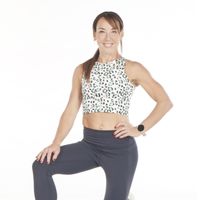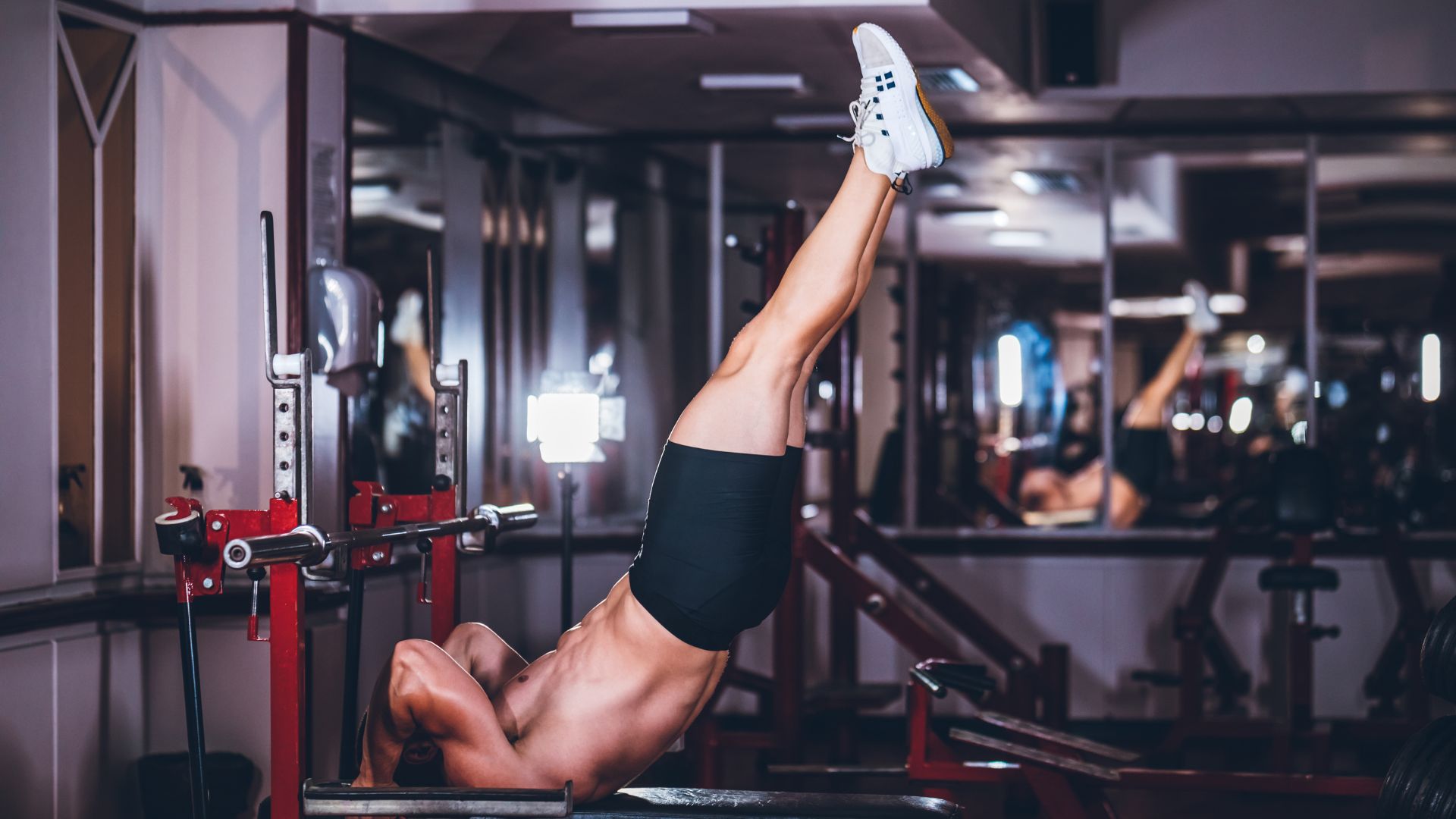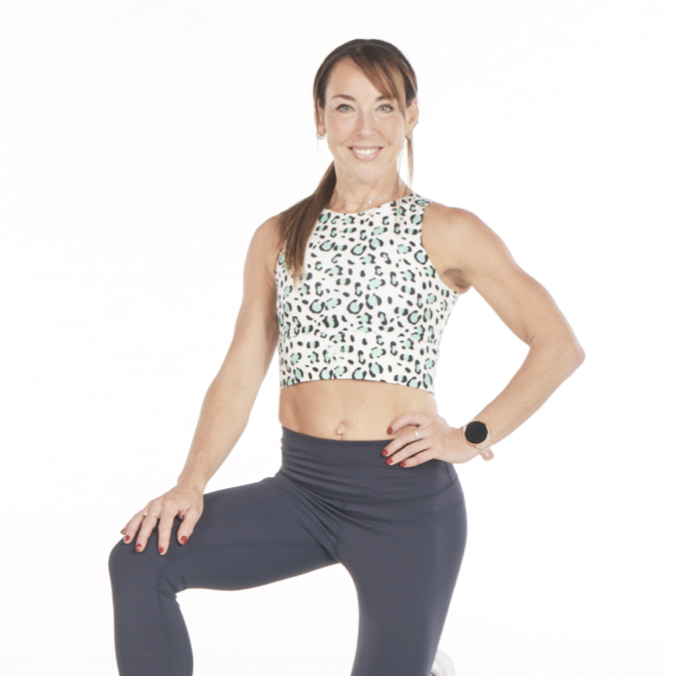Forget sit-ups – this core move builds insane strength and stability
Warning… your abs will shake


Ready to ditch the endless sit-ups and step into something that actually challenges your body? Meet the dragon flag.
This isn’t “crunches-lite” – it’s a full-on body-control move that forges serious core strength and stability. Imagine your abs staying rock-solid while you lift, lower, and hold with no slacking, no halfway reps.
This move will command your attention, as it hits every muscle in your midsection, forcing your body to move as one rigid unit, leaving you stronger and more in control than a stack of sit-ups ever could.
If your current ab workout is feeling a bit tame, the dragon flag is your new go-to. Get ready to feel your core engage like never before.
What is the dragon flag?

Straight back, squeezed glutes, tight abs, engage those quads – and don’t forget to point your toes. The dragon flag is one of the most demanding core moves I’ve done in a long time, targeting your entire midsection, including the rectus abdominis, obliques, and deep stabilisers.
Unlike a crunch or sit-up, where you bend through the spine, the dragon flag keeps your body completely straight and rigid as you lift and lower your legs under control. That means your core stays under constant tension from start to finish, forcing every muscle in your midsection to brace and engage.
It’s an impressive move – but not one to rush. Because your body resists movement as a single, solid unit, the exercise also places a heavy load on your lower back and shoulders. So take my advice: build up gradually with moves like leg raises, hollow holds, and hanging leg raises before attempting the full dragon flag. The tension on your mid-section will come as a shock.
Get all the latest news, reviews, deals and buying guides on gorgeous tech, home and active products from the T3 experts
How to do the dragon flag
You don’t need fancy equipment for this one, but you will need something solid to grip – a weight bench, squat rack, or even a wall bracket will do the trick.
Here’s how to nail it:
- Lie flat on your back and grab hold of the bench or a solid base behind your head with both hands.
- Engage your core, then lift your legs, hips, and lower back off the bench so your body forms a straight line from shoulders to toes.
- Stay rigid – squeeze your glutes to prevent any bending at the hips – and slowly lower your legs back down under control.
- Stop just before your back touches the bench, then lift again. That’s one rep.
Top tip: If your lower back starts to arch or collapse, you’ve lost tension and need to scale it back. Keep your form tight – this move is all about control, not momentum. The aim is to maintain a straight body position all the way through.
My experience: How I incorporated the dragon flag into my routine
As an avid runner and regular gym-goer my goal was to finish each session with a set of 10 dragon flags. I went in feeling confident about my core strength – my abs are visible (most of the time), but that confidence quickly vanished.
The dragon flag tested my abs like nothing I’ve tried before. On the first attempt, I could barely hold the position – my abs screaming under the tension – and by rep five, my form was gone. Arching your lower back in this move is a big no-no, as it shifts the load away from your core and risks injury. And seriously, when you’re tired, your hips just want to drop.
After a few shaky attempts to get past five reps, I switched to the tucked dragon flag, where you keep your knees bent at 90 degrees to reduce the load on your core. Your torso stays rigid from shoulders to knees, but it’s a little more forgiving and a great stepping stone to the full straight-leg version.
Even with the easier variation, my abs, obliques, and lower back were all working to the max, thanks to the slow, controlled movement that makes this an eccentric exercise – meaning your muscles stay under tension for longer. The result? Tremendous core strength if you can stick with it.
Dragon flags: My verdict
After a week of attempting the dragon flag (and feeling it every day after), I’ve learned that when it comes to abs, it’s not always about pushing harder – it’s about moving better, training the body as one unit, and building strength from the inside out.
This isn’t a fast move; it demands control, alignment, and precision. Your back and arms take a hit too, working hard to keep your body steady on the bench and maintain control.
While I’m not quite Bruce Lee-level just yet, I’ll be sticking with the dragon flag and including other progressions like reverse curls, V-sits, and flutter kicks until I am. Then up next…I’m thinking the human flag.

Lucy Miller is a journalist, Level 3 Personal Trainer, Nutritional Advisor and Children’s Fitness Specialist. She holds fitness qualifications from NASM Training and Premier Training International and has been a fitness journalist and fitness (and cover) model for over 20 years. Since going freelance in 2014, Lucy left Men’s Fitness Magazine to write for an abundance of top consumer titles such as Women’s Health, Women’s Fitness, Waitrose, The Times, The Guardian and Runners World.
She’s also extremely passionate when it comes to educating others about health and physical activity and loves inspiring and working with children and adults to help make fitness fun, sustainable and accessible. In her spare time, Lucy is ever the sportswoman. Once a national gymnast, having won three national titles, she has also run a handful of marathons around the world and loves to test her physical and mental side with daily running and gym sessions, not to mention ballet, bootcamp, boxing and TRX.
You must confirm your public display name before commenting
Please logout and then login again, you will then be prompted to enter your display name.
